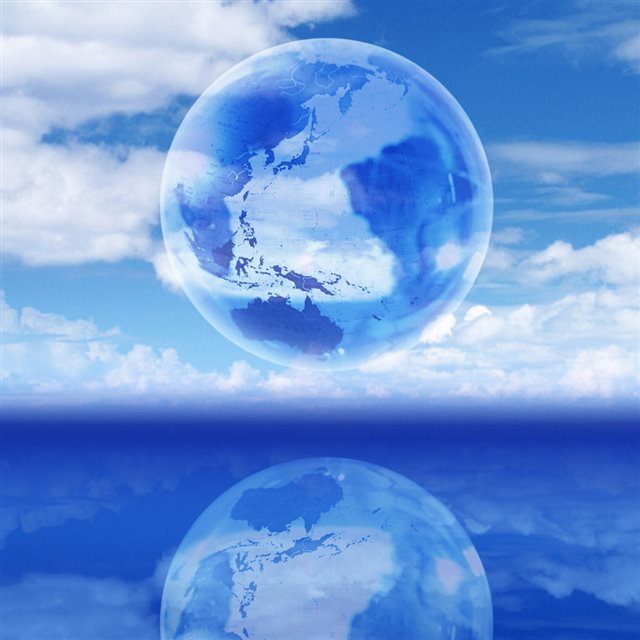

With the thermal camera and a good deal of luck, Gordon was able to capture remarkable footage of urban leopards hunting. When night falls, they head into the streets to hunt for domesticated animals (such as dogs and pigs) that make up a large proportion of their prey. During the day, they sleep in a forested park. This area of Mumbai does, in fact, have the highest concentration of leopards anywhere in the world. To give him the best chance of spotting a leopard, our cameraman Gordon Buchanan was equipped with a thermal camera, which he used to scan the horizon for warm-blooded animals out at night. For any large carnivore to survive in the urban jungle it has to keep to the shadows, and leopards are known for their stealth. Film crews have tried before and only captured glimpses of this highly elusive cat. When we set out to film leopards in Mumbai, India, we were hoping to capture them hunting, but in the backs of our minds we were questioning whether we would even see one. The reward for them is being surrounded by wonderful animals. What struck me on this shoot was just how generous the Indian people are towards wildlife living in their cities. The alpha male has sole mating rights with the adult females in his troop and, because of their energy-rich diet, they are more fertile than the Hanuman langurs found in neighbouring forests. In the temple gardens, they’re given all the food they can eat. Hindus associate these primates with the monkeygod Hanuman, and revere them. The reason that this area is so highly contested is because it’s perhaps one of the best langur territories in the world. The alpha would often have to chase the bachelors for over a mile across the rooftops. It was a thrilling moment photographing this female Hanuman langur leaping with her baby across a six-metre gap, four storeys high, in Jodhpur, India.Įach morning, we watched a group of 15 bachelor males pile in to the heart of the ‘blue city’ to challenge the resident alpha male for his territory. Metropolitan monkeys Metropolitan monkeys © BBC What excited me so much was exploring the surprising new ways in which animals are overcoming the challenges of living in human habitats, carving out a home in these alien worlds. Yet our bustling streets also offer rich bounties in the form of food, shelter and warmth.įor Sir David Attenborough’s Planet Earth II, I spent almost four years making a film on urban wildlife. Animals living in or near cities have to cope with constant movement and change. Our planet’s human population is booming, making the urban environment the fastest growing habitat on Earth. This is why the sky appears blue in the day time as blue light with shorter wavelength gets scattered in all directions.Planet Earth 2: filming wildlife in cities For example- If you take a look at the close picture of Earth’s surface, it looks like light blue color at the area around the continents, whereas the deep areas of oceans look deep blue in color.ĭo you know that the ocean looks blue due to the reflection of the sky because the sky is blue in color? The sky appears blue in color because our atmosphere disperses blue light (which is of shorter-wavelength) quite efficiently as compared to red or orange light (which is of longer-wavelength). However, the blue color of the planet may vary depending on the depth of the oceans.

Well, if you look at the images of Earth, most of its part looks blue which are the oceans present on Earth’s surface, whereas some other part looks brown or green which is actually the continents and the poles of Earth looks like white caps due to ice. A general statement about the blue appearance of Earth from outer surface is that “The Earth has almost 70% water on its surface due to which it looks blue in color”. Most of us are curious to know why the Earth is called a blue planet.


 0 kommentar(er)
0 kommentar(er)
